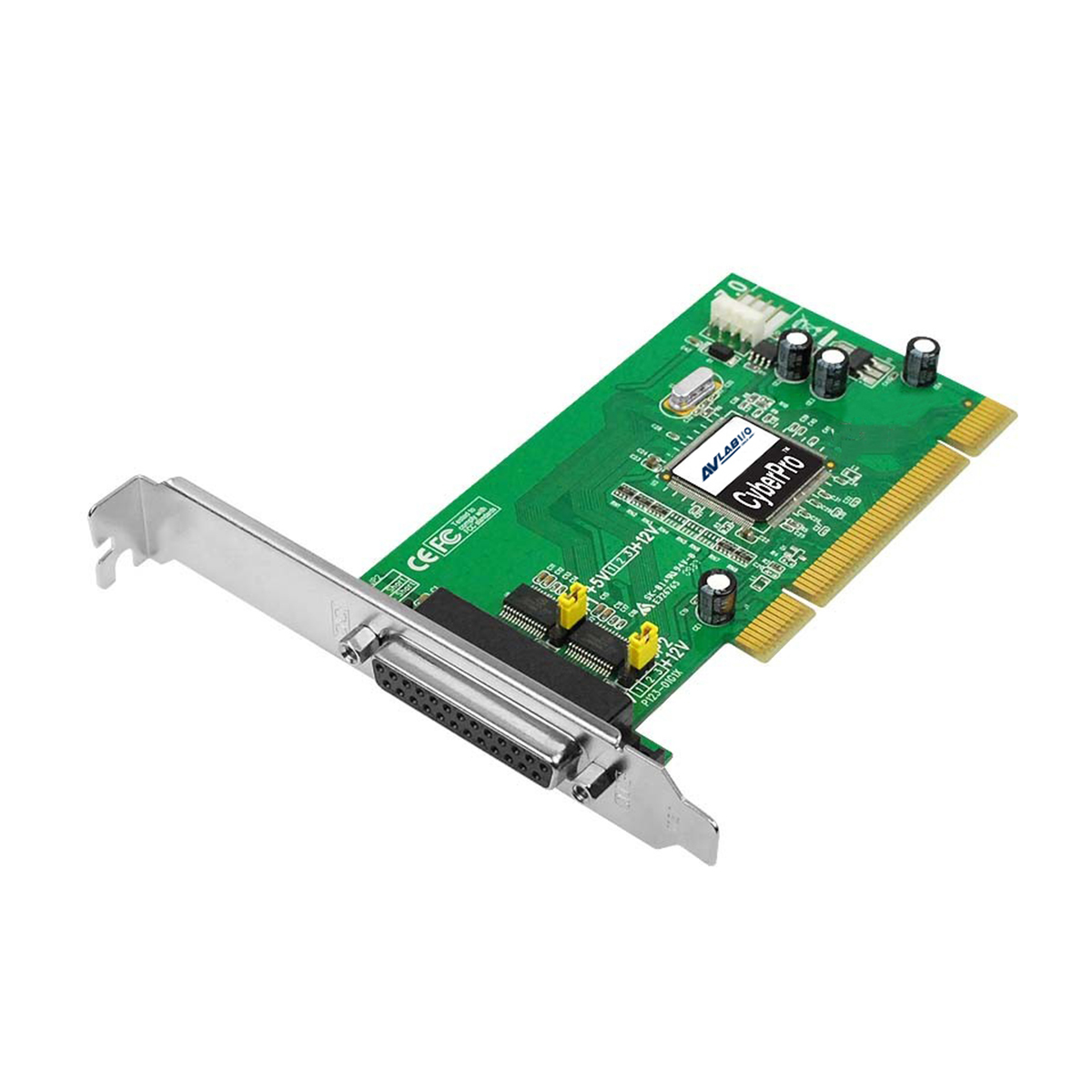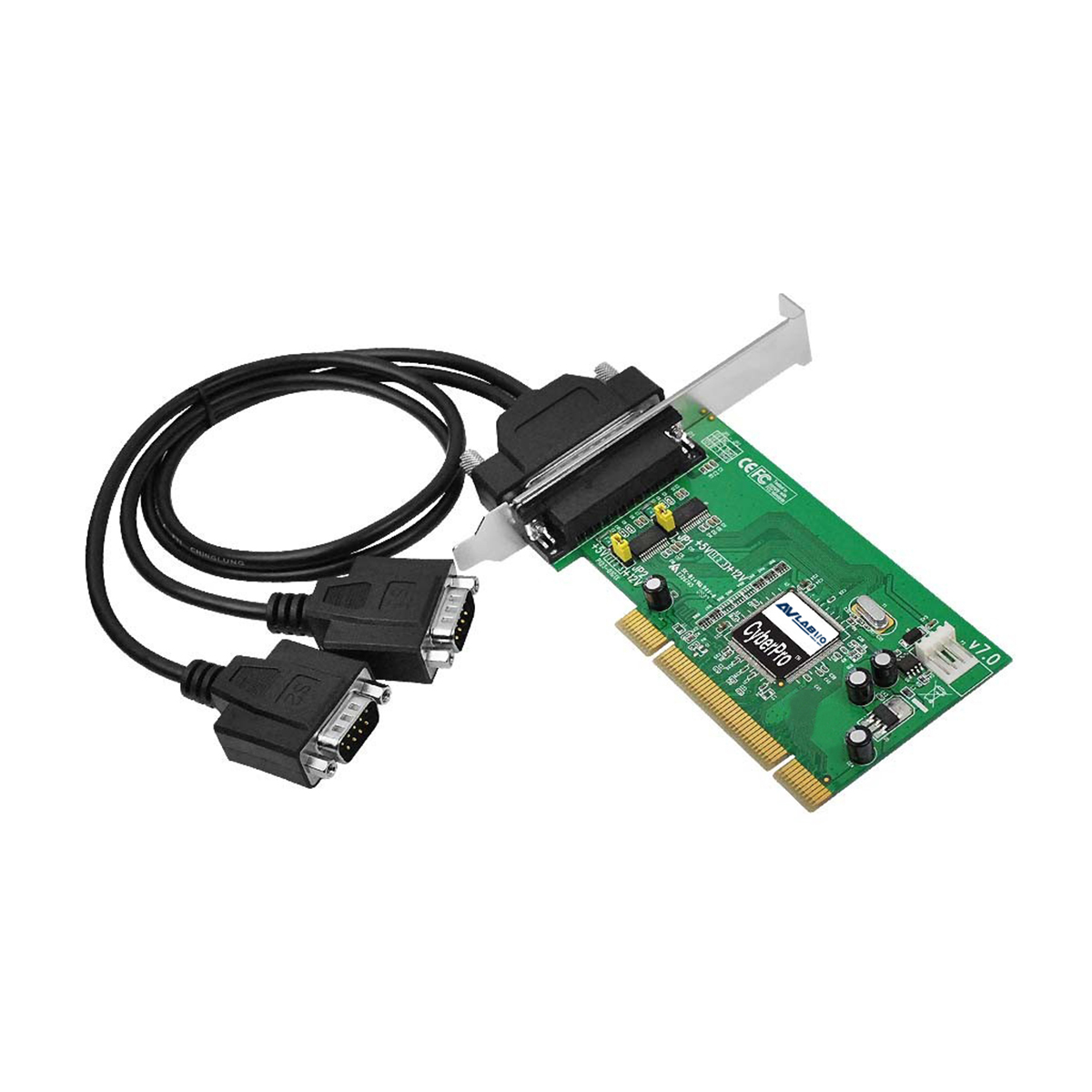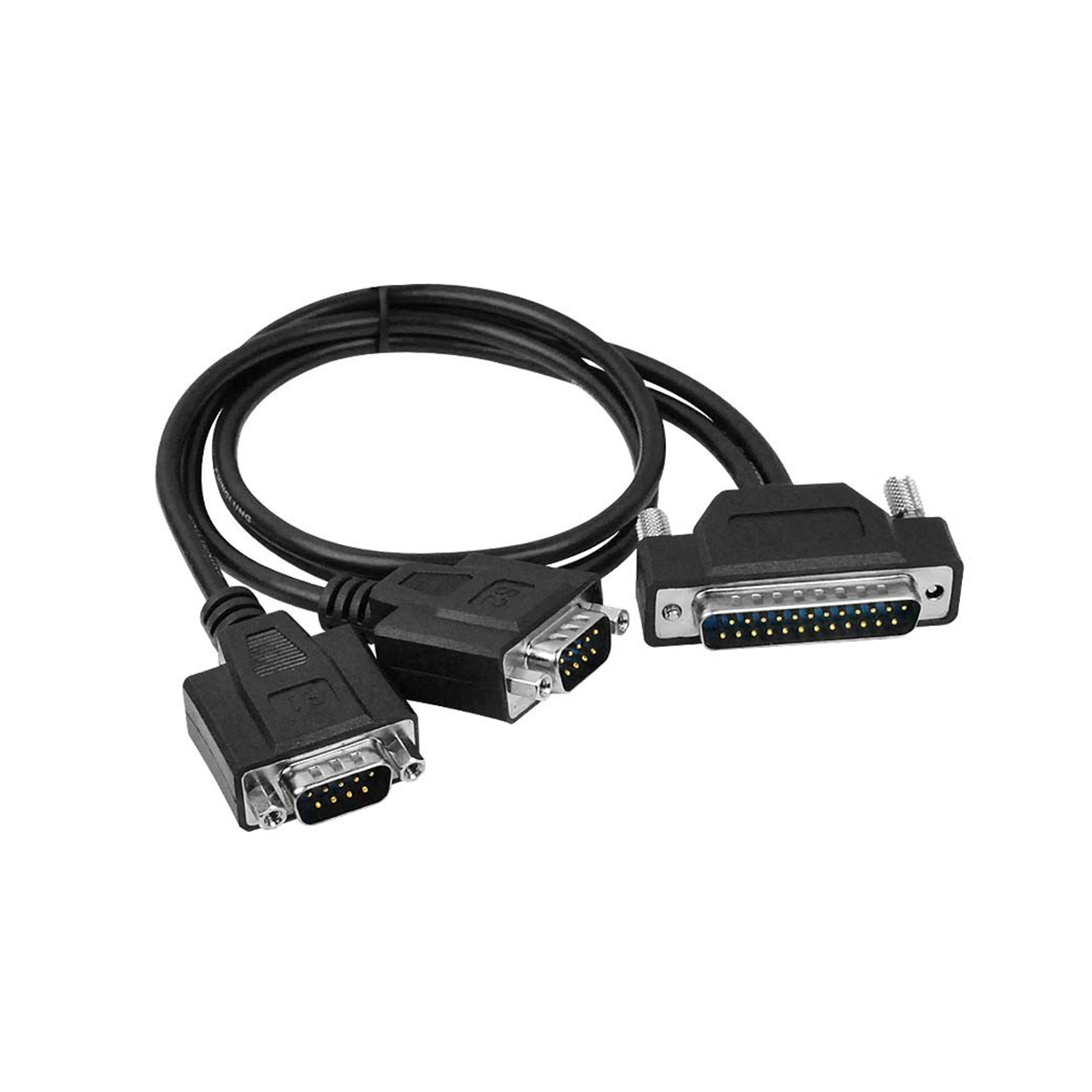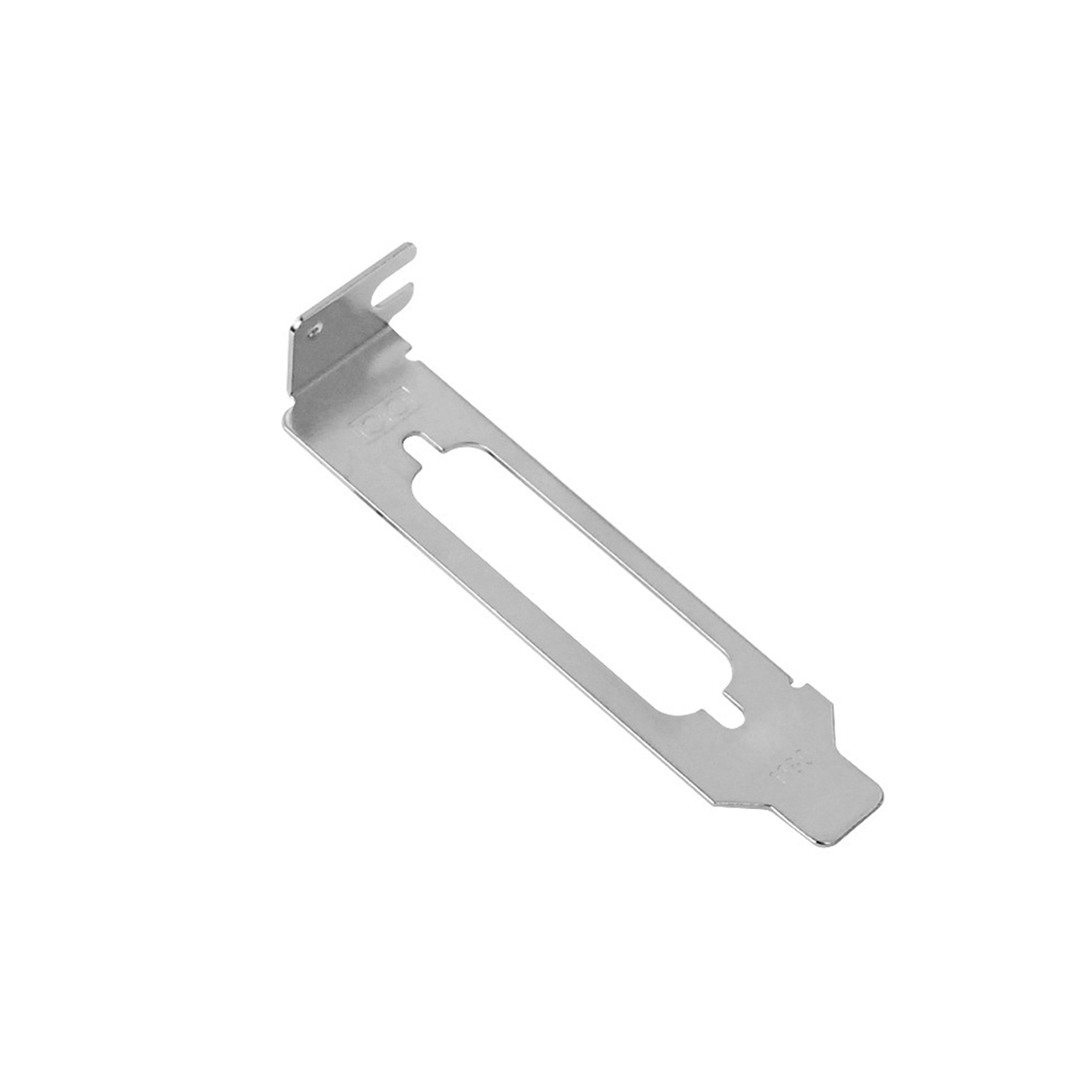- AVLAB-JJ12-1
- AVLAB Dual Port Serial PCI Card with fan-out cable for POS system, DB9 RS-232, 230Kbps, Dual Profile Bracket
■ Universal PCI card design that works in 32-/64-bit, 3.3V/5V PCI and PCI-X slots ■ Provides 2 RS-232 16550 UART serial ports with 32-byte FIFO buffers ■ Installs in standard height or low profile chassis with included brackets ■ Can be configured for 5V or 12V power output
Highlights
SUPPORTS PCI AND PCI-X SLOTS
Universal PCI card design that works in 32-/64-bit, 3.3V/5V PCI and PCI-X slots
32-BYTE FIFO BUFFERS
Provides 2 RS-232 16550 UART serial ports with 32-byte FIFO buffers
FULL HEIGHT AND LOW PROFILE SUPPORT
Installs in full height and low profile chassis with included brackets
CONFIGURABLE POWER OUTPUT
Can be configured for 5V or 12V power output
Specification
Chipset: Oxford OXuPCI952
Conforms to PCI v2.2 universal card standard
PCI-X and 64-bit compatible
3.3V operation with 5V tolerance
32-byte FIFO buffers
Per port 1.1A over-current protection
IRQ sharing reduces IRQ conflicts
Input Interface: PCI
Output Interface: RS-232
Connectors: 1x DB25, External
Product Dimensions: 5.12" (W) x 4.72" (H) x 0.79" (D)
Product weight: 0.13 lbs
Environmental conditions
■ Operating temperature: 32 to 131 degrees F (0 to 50 degrees C)
■ Operating humidity: 10% to 90% RH (non-condensing)
■ Storage temperature: -4 to 140 degrees F (-20 to 60 degrees C)
■ Storage humidity: 5% to 95% RH (non-condensing)
Certifications/Standards: FCC, CE, RoHS
Warranty: Lifetime limited
Country of origin: China
FAQ
- How do I confirm that Windows detects my expansion card?
- To confirm that Windows detects your expansion card, complete the following: Press the Windows key+R, type devmgmt.msc, and press Enter. In Device Manager, under the appropriate heading, confirm that your expansion card is listed and that there isn't an exclamation mark next to it. For example, a RS-422/485 controller card would be under Ports (COM & LPT)
- How do I confirm that Windows detects my USB device?
- To confirm that Windows detects your USB device, complete the following: Press the Windows key+R, type devmgmt.msc, and press Enter. In Device Manager, under the appropriate heading, confirm that your expansion card is listed and that there isn't an exclamation mark next to it. For example, a USB device would be under Universal Serial Bus controllers.
- How can I make sure my serial port is working in Windows?
- To check whether or not an RS-232 serial port is working, perform an RS-232 loopback test by doing the following: If your serial port is not female, convert it by taking a female/female cable or gender changer and plugging it into the serial port. Take a metal paperclip or wire and cross pins 2 and 3. If you look closely at the female end, the pins should be numbered. Open a telnet session on the COM port number of the device that you are testing. Note: To open a telnet session on the COM port, you need a telnet client like PuTTY or Hyper Terminal. Windows XP comes with Hyper Terminal. When the session is open, anything you type into it you should see. The loopback test fails when you cannot see what you are typing. If the loopback test fails, make sure that the serial cable or gender changer that you are using works and that the adapter is in the correct port.








